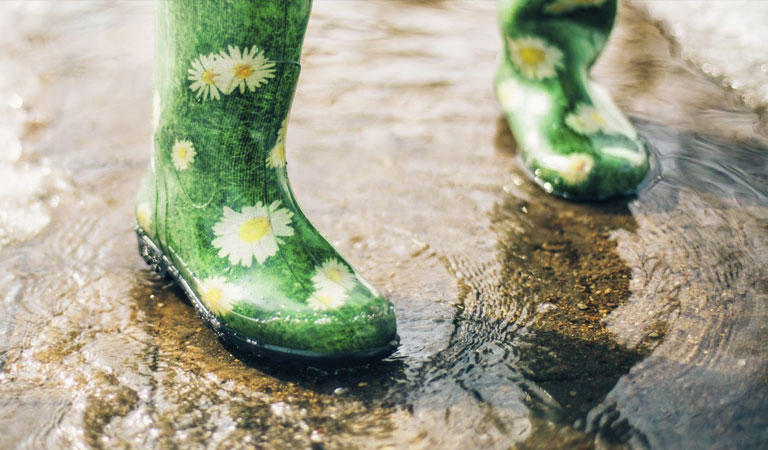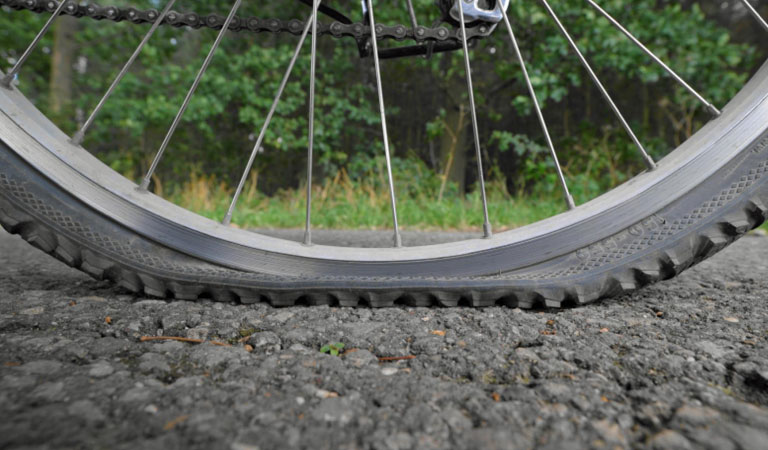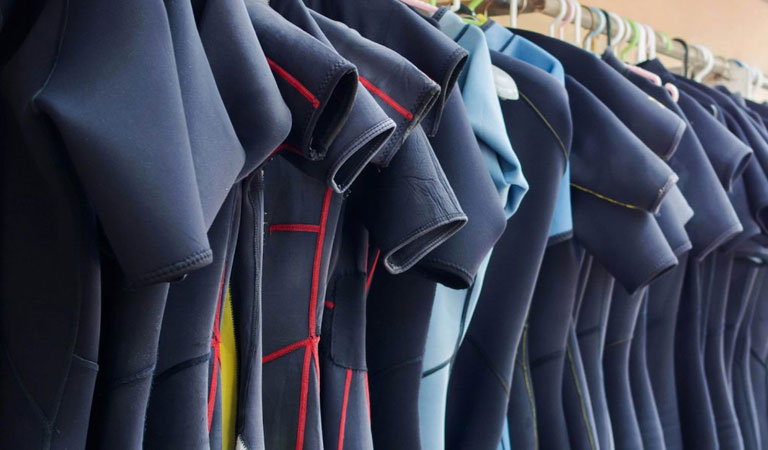Blog
The Right Adhesives For Rubber — Rubber Adhesive Glue

What is a Rubber?
People use rubber in a wide variety of everyday products. It’s renowned for its unique flexibility, water-resistance and strength. Ironically, this combination of robust properties makes rubber one of the most difficult materials to stick effectively. Unless you use a specific rubber adhesive glue.
For many people, childhood memories of carefree days spent cycling through idyllic country lanes are interrupted by the hassle of fixing punctured tyres with the dreaded puncture repair kit. The first challenge was finding the hole. Then struggling with a mini cheese grater to roughen the surface of the rubber inner tube before squeezing glue out of a tiny tube. And trying to get a small rubber patch to stick in the right place – and stay there.

Thankfully, adhesives for rubber or rubber adhesive glue have improved a lot since those days. Now there’s a wide range of specialist rubber adhesive glue available to deal with the task of sticking rubber to itself – or to anything else, for that matter.
It’s just as well – because rubber, which used to be the sole preserve of tyres and wellington boots, is now found in a huge variety of everyday products. These include non-stick kitchen utensils, shoes, waterproof clothing, inflatable boats, toys for pets, medical gloves, wetsuits and plumbing hoses.

So, what are the types of rubber?
There are basically two types of rubber – natural rubber (or latex) which comes from the stems of some plants, and synthetic rubber which is made from petrochemicals. While the genetic make-up of both these types of rubber is completely different, the main properties of flexibility, strength and water-resistance are essentially the same. And so are the adhesives or rubber adhesive glue needed to stick them.
At Anglo Adhesives, we manufacture and supply a wide range of rubber-based adhesives, including:
- Neoprene (Polychloroprene) Rubber Solvent Based Adhesives
- Natural Rubber Based Adhesives
- SBR Based Adhesives
- Natural Rubber Latex Adhesives
How did rubber get its name?
English scientist Joseph Priestley coined the name ‘rubber’ in 1770. More famous for the discovery of oxygen, Priestley found he could use small pieces of this newly discovered material to rub out pencil marks from paper. Hence, the name ‘rubber’.
Interestingly, the French word for rubber is caoutchouc (pronounced ‘cow-chook’). This is a derivation of the original Indian name from Central and Southern America. ‘Cahuchu’, meaning literally ‘crying wood’, a description of the way the sap drips from the trunks of latex-producing trees.
Opposites attract… or do they?
This old saying definitely doesn’t apply when choosing an adhesive for rubber! As with all adhesives, it’s essential that any adhesives for rubber or rubber adhesive glue mimics the properties of the original product itself. That means all the adhesives for rubber must be ultra-flexible, waterproof and very strong. Indeed, many rubber adhesives contain either natural or synthetic rubber, and they can be used to stick a lot more than just rubber.
You should carefully undertake the process of rubber adhesion too, as some rubbers require surface preparation before sticking. Back to the bicycle example above, there was no point sticking the repair patch onto a deflated inner tube. Only for it to pop off as soon as the tyre was inflated to its normal pressure.
Find out more about our rubber adhesive glue. Visit our website at Anglo Adhesives or contact us today to discuss your needs.
You can view our reviews for our Acrylic Bath Repair Kit on Trustpilot.
You can stay up to date with our latest company news & blogs on